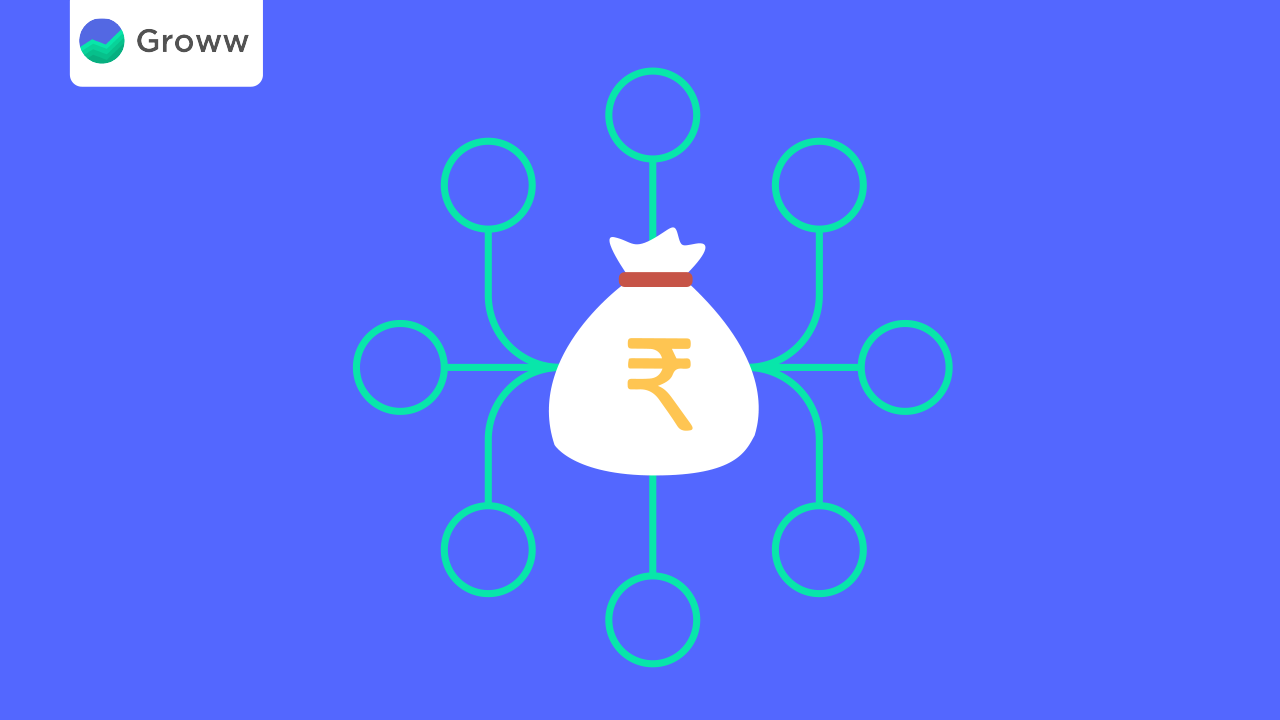Importance of Diversification in Investing

What is Diversification?
Diversification is the technique of reducing risk by allocating investments among various financial instruments, industries, and other categories. Diversification aims at maximizing return through investments in different areas that react differently to changes in the market conditions. It does not always guarantee against the loss, but it does have the ability to reaching long-range financial goals with lower risks.
Now, you would know the important part portfolio diversification can play in your investment journey and how it can bring more benefits to your returns, keeping you off risks.
Components of Diversification
- Bonds
- Domestic Stocks
- Short-Term Investments
- International Stocks
- Real Estate Funds
- Sector Funds
- Commodity-Focused Funds
It is obviously normal to invest in these instruments to get offered high returns, and diversifying in all of these instruments makes sure you do not put all of your eggs in one basket. Well, diversification is the key that maintains risk levels at the lowest. Along with that, there are several benefits that come along with portfolio diversification.
Benefits of a Portfolio Diversification
You will Have a Reduced Impact on Market Volatility
Your overall risk is reduced when you have portfolio diversification, and it is made across different asset classes and sectors, which brings down the impact of the market volatility. When you own investments with different funds, you will also be ensured that industry-specific and enterprise-specific risks are low.
You Will Spend Less Time Monitoring the Portfolio
Let us say you have only invested in equity funds. You will spend a large amount of time monitoring the market and analyzing your next step. But when it comes to diversification, you will be spending much lesser time on the same, and your portfolio would not actually require that much maintenance time.
You can Seek the Advantages of Different Investment Instruments
Diversification balances your risk and returns that are associated with different funds. For example, if you are investing in mutual funds, you enjoy debt and equity. When you invest in fixed deposits, you would be taking advantage of returns and low risk. This is the case with a diversified portfolio, and you can enjoy the benefits of different instruments.
You can Gain the Benefit of Compounding Interest
If you are selecting a mutual fund, it allows you to avail of the benefits of compounding interest. This implies that each investment generates interest on both the principal amount and the cumulative interest over the previous invested years. It is critical to remember that if you are investing in two separate funds, the fund holdings for both schemes should be different; otherwise, diversification is meaningless.
Some of your Capital is Always Kept Safe
When diversifying your portfolio, some of your capital is kept safe because of the different types of investments you have taken up. While some of your investments are tied to high-risk investments, some of them can be tied to low-risk investments that always secure your capital, which means you won’t face a complete loss on market volatility.
You can Shuffle Among Investments
When you stick to a single investment, you give it a large amount of time, and a loss means you take the loss on the fund as a whole. It is a practical approach to shuffle and take advantage of the market movement. It will let your spread your investment across different asset classes and increases your annual returns over it.
It Offers you Peace of Mind
It is one of the biggest advantages, no doubt. When you have your total investments divided into segments among various asset classes, you would not be stressed about the performance of the portfolio.
Conclusion
The biggest advantage out of portfolio diversification is peace of mind. You would not be counting a single investment the whole time and trying to make the best out of it. It will also build you good confidence in trying newer investment options in the market. You would not count on a single investment to give you returns when you have multiple sources of returns spread out. You know your investments are doing well in some of them. In the same way, the risks are also spread wide across, which means not all of your funds at the same time would be open to loss.